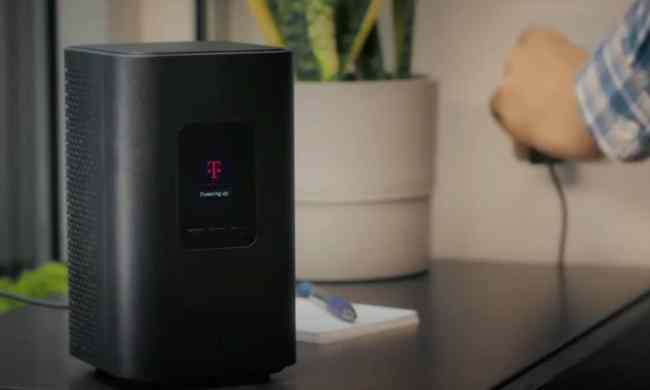
The amount of mobile data used at the recent Glastonbury music festival was equivalent to that needed to post 51.5 billion pictures to Instagram. That is a lot of sweaty selfies. The astonishing statistic comes from Marc Allera, CEO of U.K. network EE, — on board as the technology partner for the festival — who initially tweeted that EE dealt with a total of 103.6 terabytes of data for the duration of the event.
The Glastonbury 2019 festival took place between June 26 and June 30, and more than 203,000 people attended the iconic event, which has been held regularly since the late 1970s in Somerset, England. EE has been the technology partner for six years, and says the demand for data is always on the increase; but this year’s final data total smashed its early estimation of around 70 terabytes of data being used.
Allera revealed the 103.6 terabytes of data was almost twice the 54 terabytes used in 2017, and to show how rapidly we’ve grown to depend on mobile connectivity, it’s 1,000 times more than the data gobbled up in 2010. Back then, 4G LTE wasn’t available in the U.K. — it didn’t arrive until late 2012 — so the fastest connection at the time would have been 3G. For 2019, EE used the festival to demonstrate its 5G network by letting festival goers try out 5G Wi-Fi.
What else could you do with 103.6 terabytes of data? Apparently, it’s enough to stream video constantly for the next 875 years, or download 1.2 billion songs. While data was in heavy demand — the #Glastonbury hashtag alone has 821,000 photos attached to it on Instagram at the time of writing — people were making calls too. Allera confirmed that an even more surprising 3.7 million calls were made over the festival days.
Seeing as Glastonbury takes place in a 900-acre outdoor site, power points to recharge phones are hard to come by. EE’s Recharge Tents provided constant power to ensure phones did not die when they were needed most, and also sold small power packs which could be exchanged for recharged ones once depleted. EE says 18,700 people used its Recharge Tents over the weekend.
The Glastonbury festival will take place again in 2020, when it celebrates its 50th anniversary, and if the trend continues, another record-breaking data statistic will almost inevitably follow.



